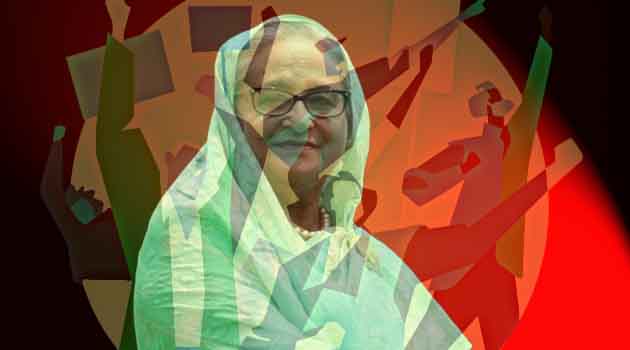India’s 440 million Millennial and 390 million Gen Z population are a young and digitally forward segment that is evolving into a new consumer class with more disposable income than other cohorts

Single urban consumers are shaping market dynamics because they are digitally forward and have a greater disposable income than other consumer groups.
According to market research consultant ‘Nielsen’ these super consumers are early adopters, making them influencers.
“Upwardly mobile urban youngsters are quickly changing their priorities from relationships to education and career, leading to the rise of oneperson households,” the agency said in a report.
- 1 per cent of the country’s 1.3 billion population comprises wealthy single urbanites.
- These are salaried individuals earning upwards of INR 50,000 a month, who stay alone, with friends, or are in live-in relationships.
- They are in the age group of 28 to 45 years and may be unmarried, divorced, widowed or separated.
The proliferation of technology, easy connectivity among friends and a wider array of entertainment options is also contributing to this lifestyle.
Does this mean marriage has taken a back seat, with both men and women delaying marriage until they are older?
Nielsen says wealthy, single urbanites most often base their consumption decisions on lifestyle considerations rather than functional needs.
They’re also early adopters and super consumers across all categories, which is shifting consumption dynamics in urban India.
A more granular look at who these emerging consumers are and how they behave, reveal the scope of change.
Nielsen believes the average monthly income of wealthy, single urbanites is between INR 65,000 to INR 70,000, while their average disposable income ranges from INR 25,000 to INR 30,000.
Interestingly, these consumers use about 35 per cent of their monthly income for savings and food.










